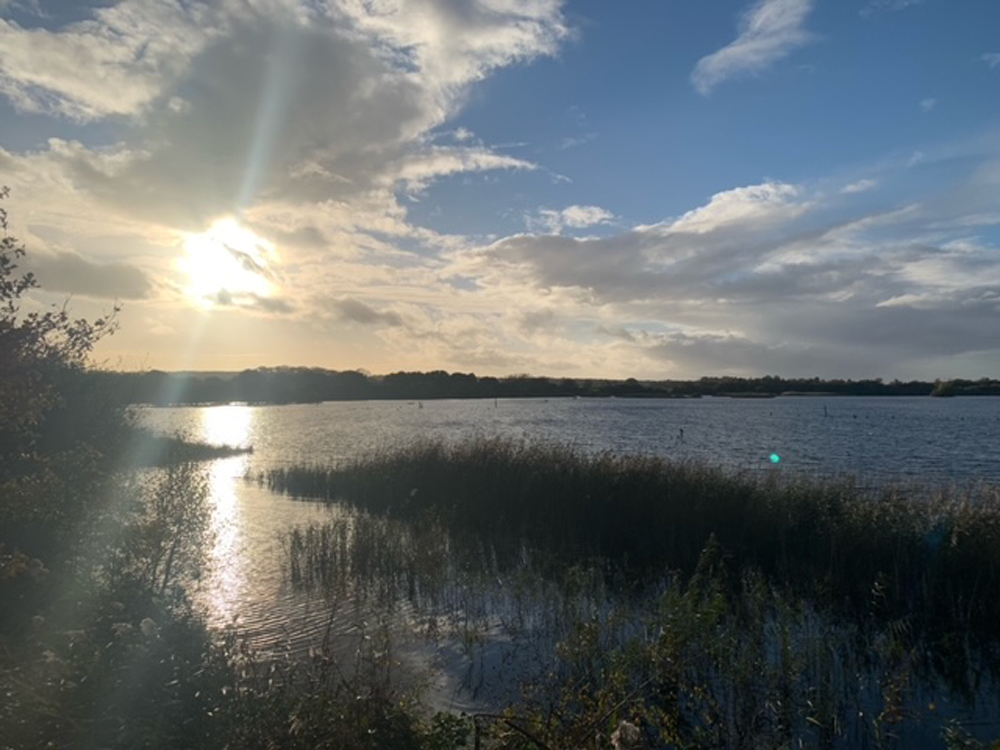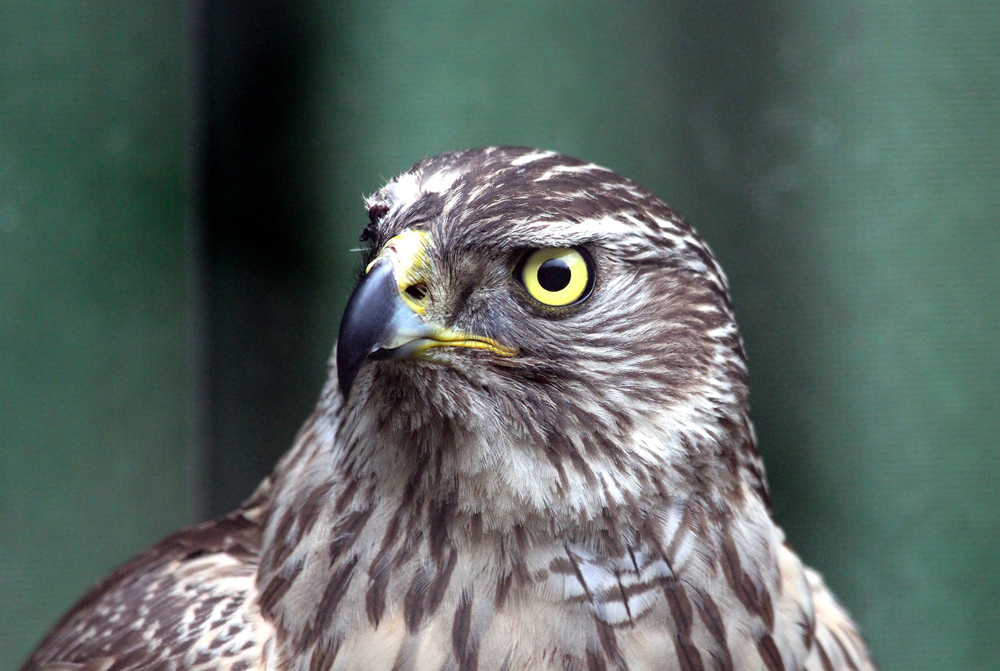By Susie Curtin.
I feel like a change of scene today. So, I pack a picnic and set off for the Somerset Levels to wander through the nature reserves that collectively have become known as the Avalon Marshes – a name that honours the region’s Arthurian heritage.
This atmospheric landscape has wide open skies and is laced with golden reedbeds, peat-coloured pools, ditches and lakes that create a watery, shimmering wonderland that sits on the edge of civilisation beneath the shadow of Glastonbury Tor. It is one of the flattest places in the UK and is internationally important for wildlife.
I have decided to follow the Sweet Track, that was first discovered by a cutter in 1970 in the days when the main industry on the Levels was the excavation of peat. As well as artefacts, several other Neolithic tracks across the marsh, dating back nearly 6000 years, have been discovered. I haven’t walked this trail for years, not since my boys were at school studying history.
Now there is no one around, just me, the pitter patter of raindrops on my hood and the calls of wild geese. It feels like I am walking through time, accompanied by my memories and the thoughts of my feet following in the footsteps of ancestors – men and women slung with axes and bows and arrows, rather than binoculars and camera. I wonder what life would have been like for these ancient farmers out here in this damp, swampy land of peat and reed.

The atmospheric Avolon Marshes on the Somerset Levels
The sunshine and showers that accompany my walk create an evocative light. With each passing shower, the collage of coloured leaves beneath my feet and the water droplets on the trees glisten like jewels as the sunbeams replace the rain. Reflections in the pools come and go, and rainbows grace the skies, their arcs gradually getting higher as the sun lowers.
Making my way towards my favourite hide, I am surprised to see Common Darter dragonflies basking in the mid-November sun, a sure indication of our warming climate. From the hide, I watch the pink feathery reed heads sway in the breeze and small groups of tufted ducks, gadwall and teal nonchalantly drifting on the water. Then, out of nowhere, I see the distinctive V-shape of a male Marsh Harrier as he effortlessly glides over the hide towards the reeds. They are the largest of our harriers. The males are silver, black and rusty red whereas the females are bigger and predominantly brown.
This elegant and fascinating bird of prey has come back from the brink of extinction in Britain since 1971 when only one breeding pair was left. Habitat restoration, stronger legal protection and the decline in the use of DDT has brought them back to charm our skies with their impressive ‘sky dancing’ displays of courtship. Later, I encounter four more – all females with their pale orange heads and shoulders gleaming in the low light.
As I set off for home, the starlings are beginning to gather, and the sun has dipped beneath the trees. What a wonderful day I have had out in this mystical place of nature. Rainbows, memories and Marsh Harriers, what could be better.
n Dr Susie Curtin, nature writer and qualitative researcher; wildlife travel blog at rewildingjourneys.com/;
email curtin.susanna@gmail.com











Leave a Reply